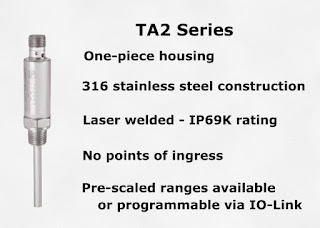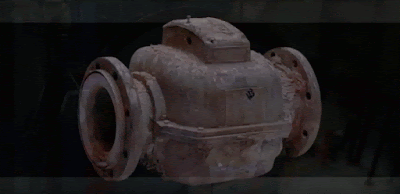 Traditional temperature sensors are constructed from multiple components, assembled and calibrated together. The assembly and calibration of the components is time consuming and requires a high level of skill. These temperature instrument assemblies, due to their open design, are susceptible to moisture, corrosion and other environmental conditions which are a major cause for instrument stress. Furthermore, periodic maintenance for verification of calibration is needed, adding costs that directly affect profitability.
Traditional temperature sensors are constructed from multiple components, assembled and calibrated together. The assembly and calibration of the components is time consuming and requires a high level of skill. These temperature instrument assemblies, due to their open design, are susceptible to moisture, corrosion and other environmental conditions which are a major cause for instrument stress. Furthermore, periodic maintenance for verification of calibration is needed, adding costs that directly affect profitability.IFM's innovative TA2 temperature instrument solves this problem. Constructed of 316 stainless steel, this fully laser welded, one piece hermetically sealed instrument is rated IP69K. There are no points of ingress to cause drift or damage the sensor and they are fully calibrated during manufacture and ready to use right out of the box. The sensor is pre-scaled in various popular ranges and fully scaleable to custom ranges using the IO-Link communication and programming tool.
With a compact 3-1/4" diameter and 1-1/2" long housing, the TA2 installs into the tightest locations. A bright led located in the M12 connector gives visible indication that the sensor is operational. Wiring is conventional 2-wire loop power for easy installation.
The IFM TA2 transmitter line is available both with standard threaded process connections for standard applications, and the popular sanitary process connection, for applications in the food and beverage industries.
Finally, the TA2 temperature transmitters dramatically reduce response time. The standard fast response unit can react to 50% of the temperature change in less than 1.0 second, and just 3.0 seconds to 90%, while the ultrafast versions react in just 0.5 seconds and 1.0 seconds, respectively.
For more information on the IFM TA2, call TECO at 800-528-8997 or visit https://teco-inc.com.




